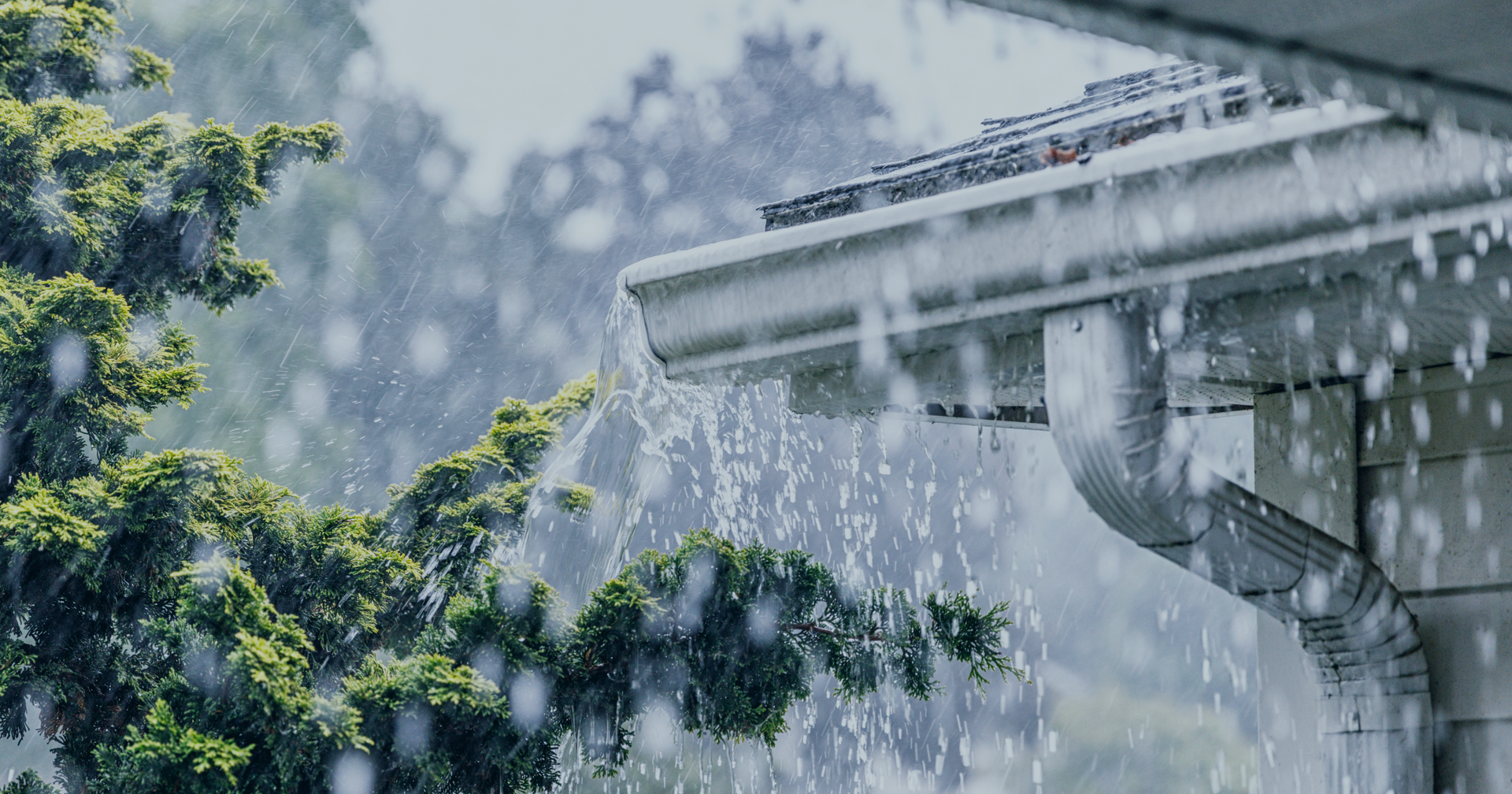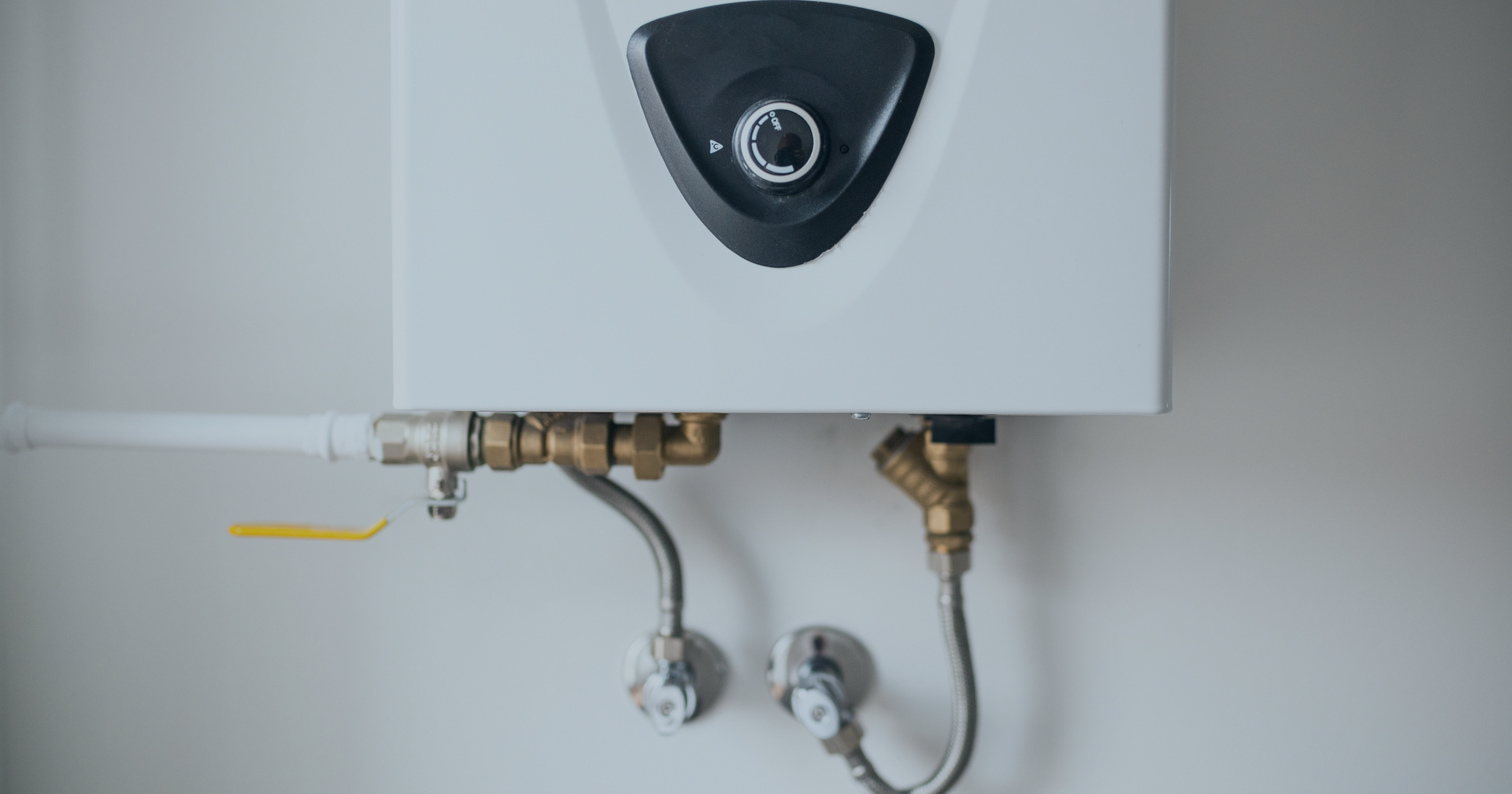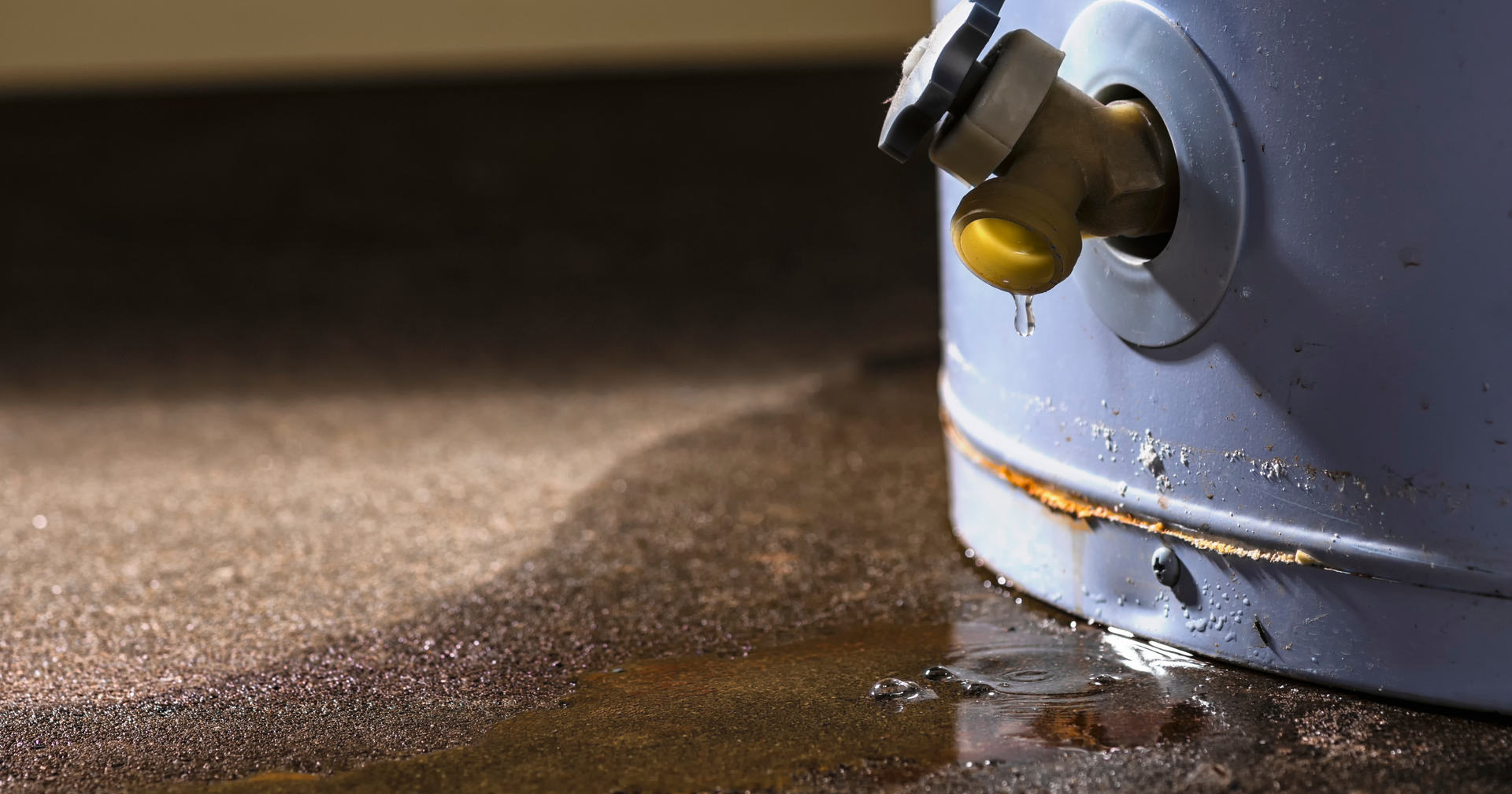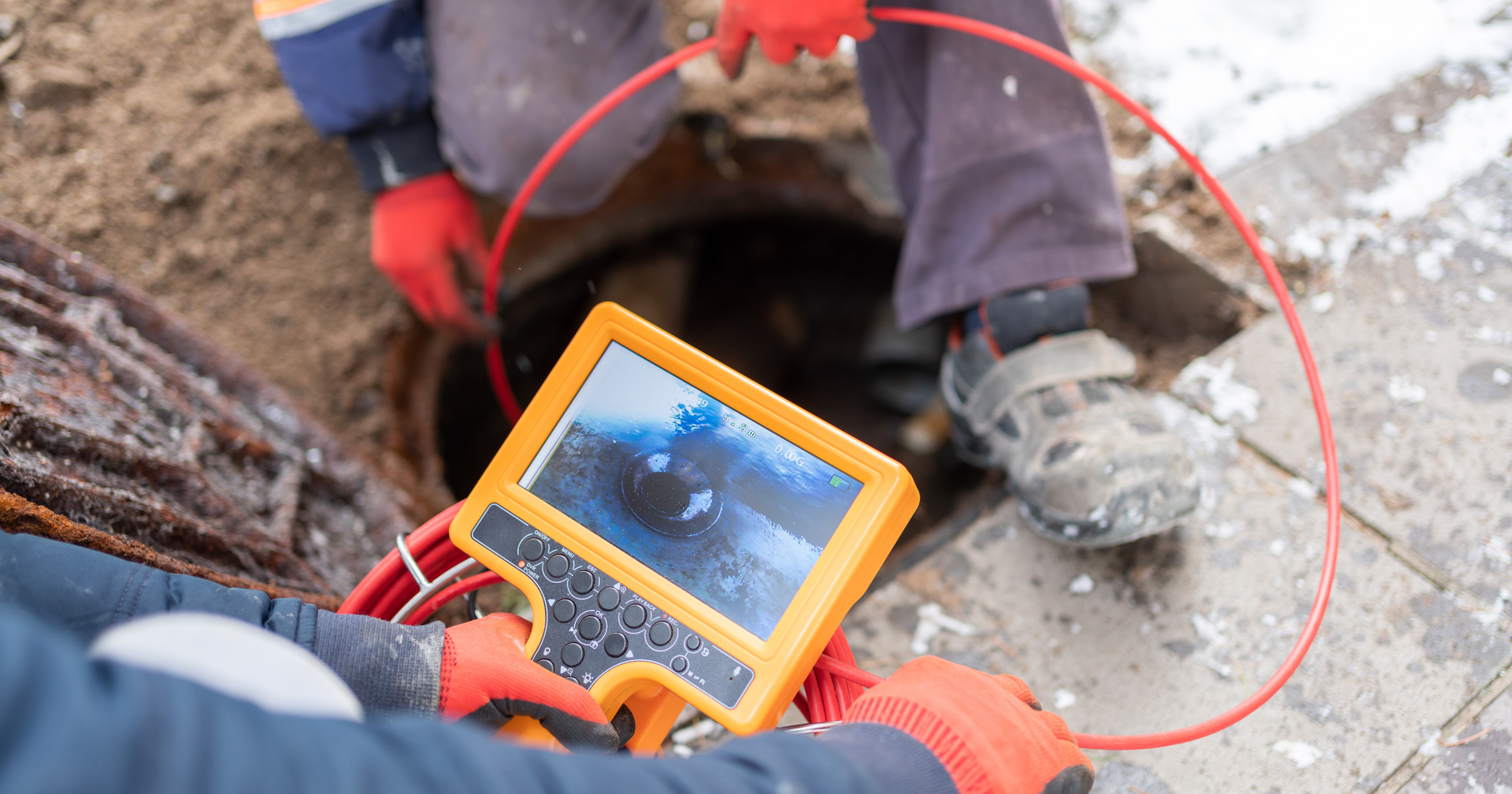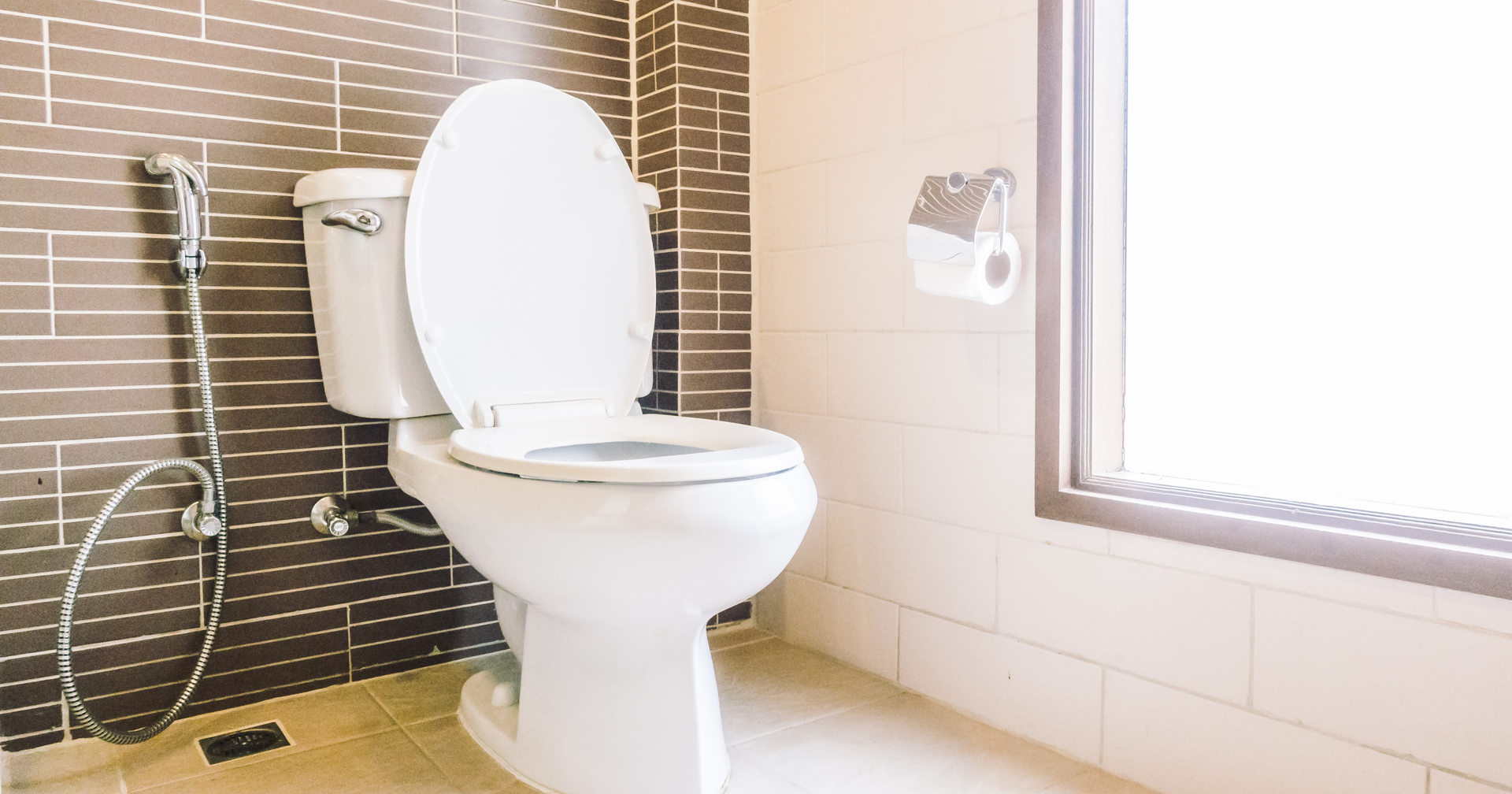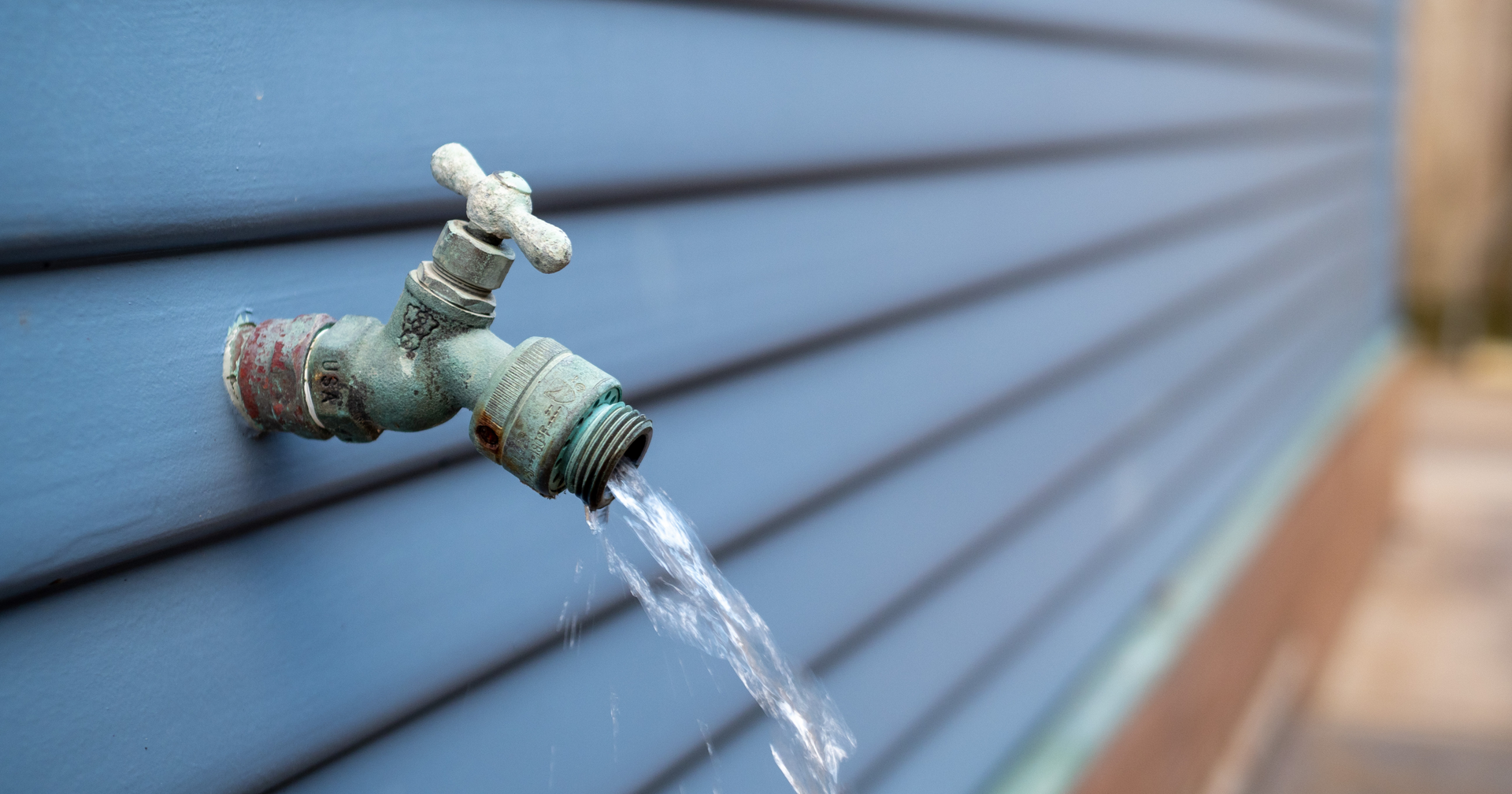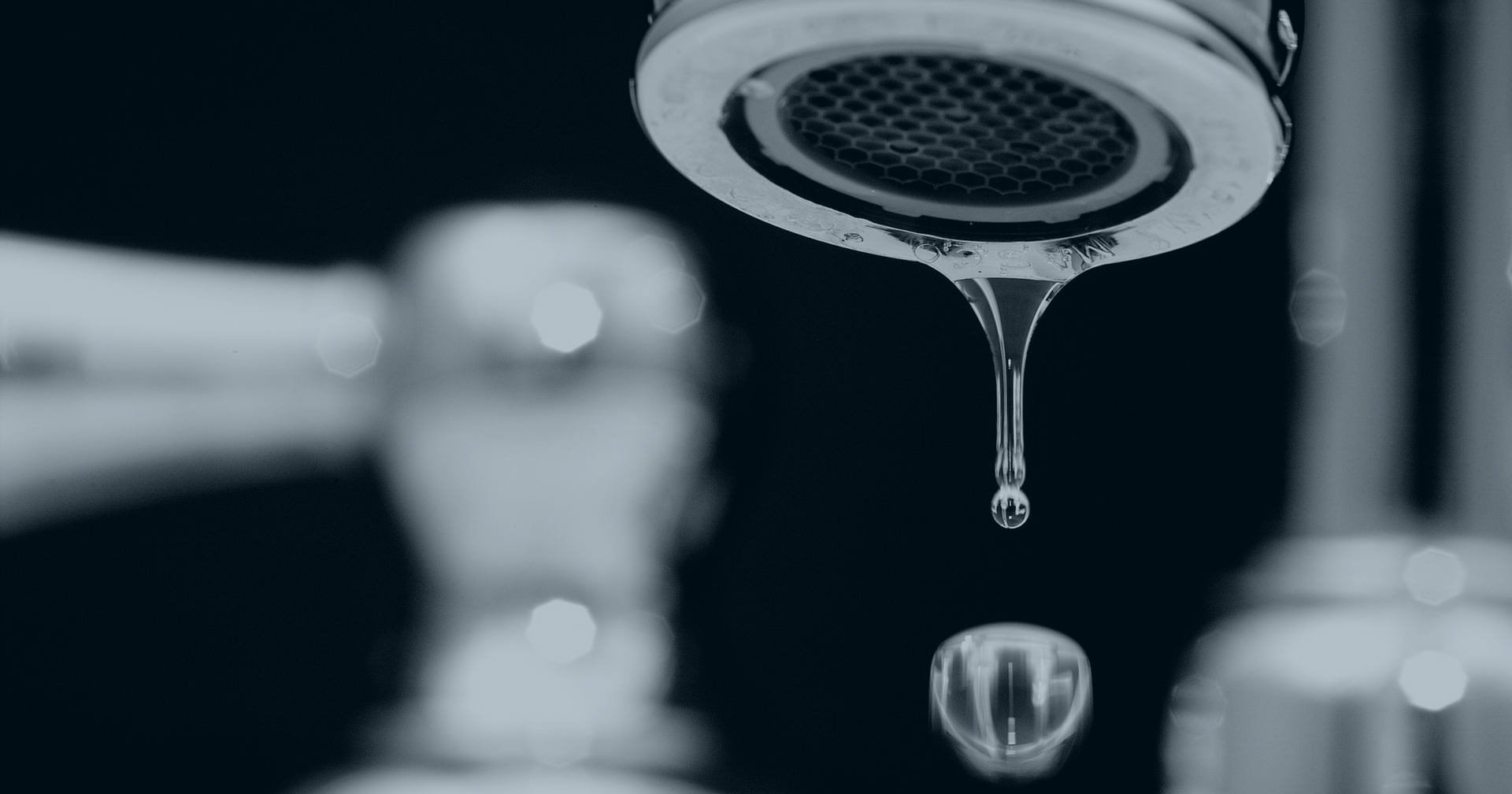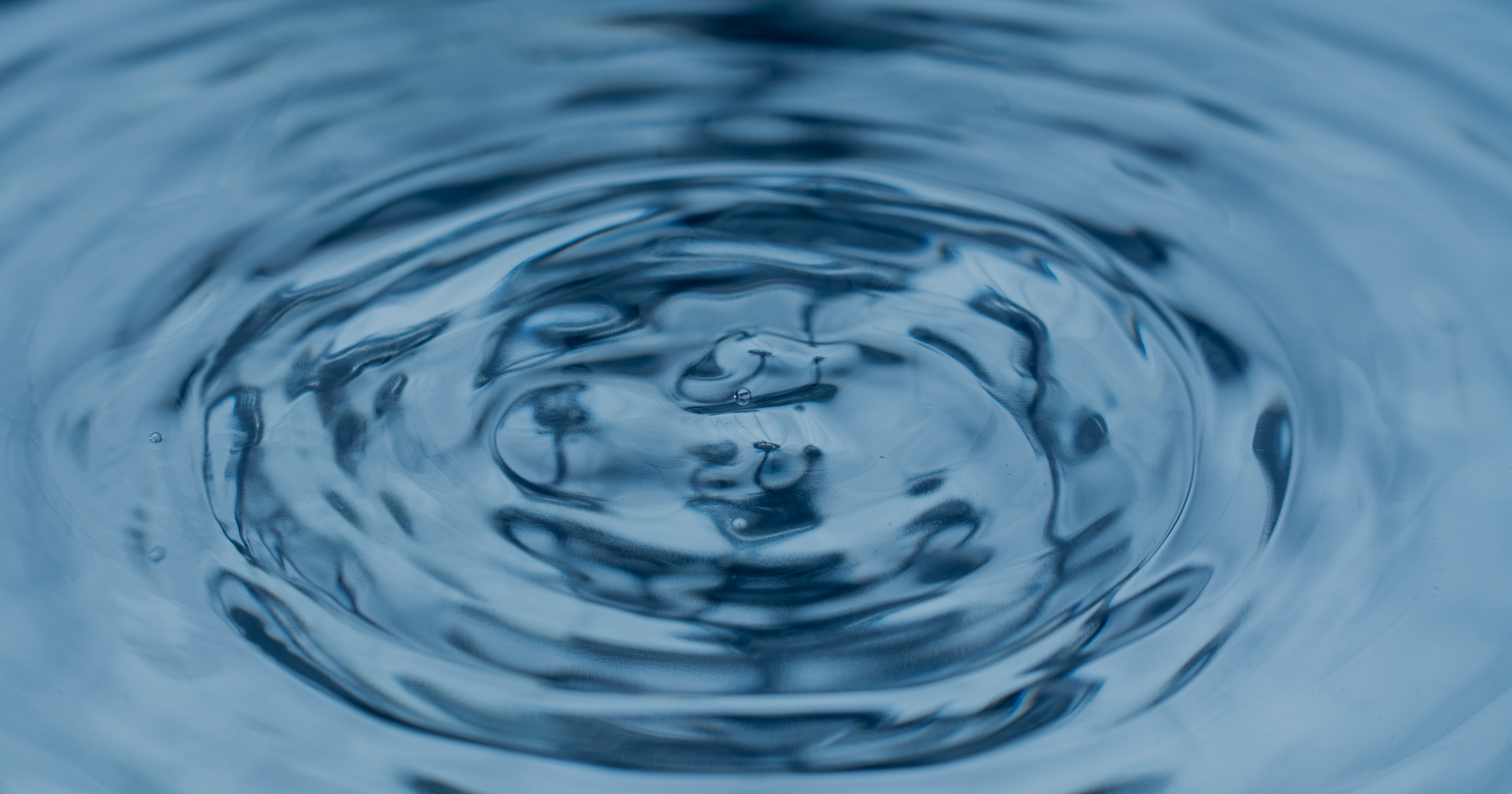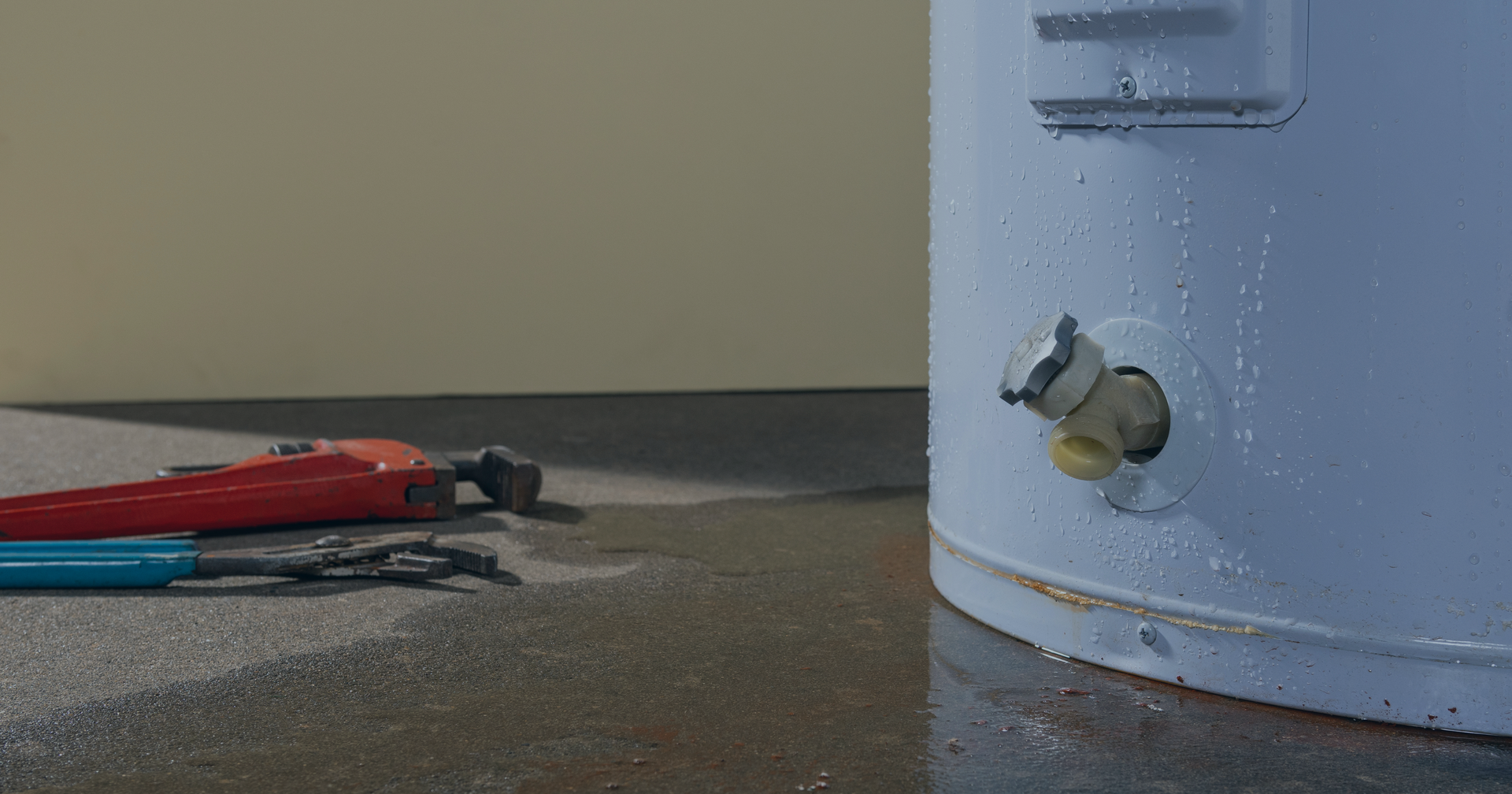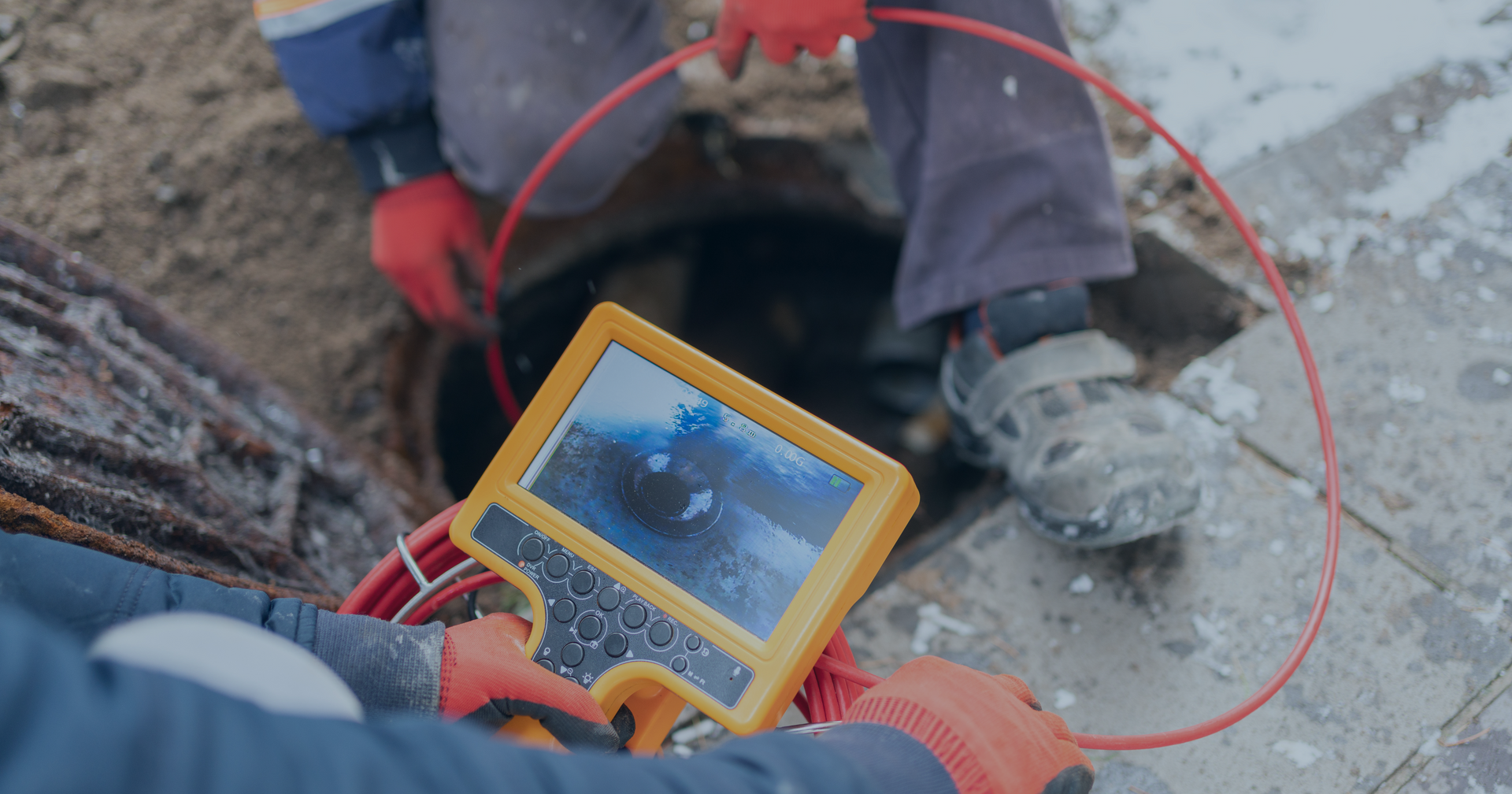The Importance of Insulating Your Pipes in the Winter
A Winter Plumbing Crisis: Why Pipes Freeze and How to Prevent It
As the chill of winter sets in and temperatures drop, homeowners are often preoccupied with keeping their homes cozy and warm. While ensuring your heating system is in good working order is essential, it's equally important not to overlook another critical aspect of winter preparedness – insulating your plumbing pipes.
Why Insulate Your Pipes?
- Prevent Freezing: One of the most compelling reasons to insulate your pipes during winter is to prevent them from freezing. When water inside your pipes freezes, it expands, which can lead to pipes bursting. Not only is this a costly repair, but it can also result in water damage to your home. Insulating your pipes adds a layer of protection, keeping the water inside them from freezing even in the harshest of cold spells.
- Avoid Costly Repairs: Replacing or repairing burst pipes can be a significant financial burden. Insulating your pipes is a cost-effective preventive measure that can save you from costly repairs down the road. Investing in insulation now can help you avoid emergency plumbing calls and the associated expenses.
- Maintain Water Flow: Insulated pipes help maintain the temperature of the water flowing through them. This not only prevents freezing but also ensures that you have a consistent and reliable supply of hot water during the winter months. It's especially important for those early morning showers when the outside temperatures are frigid.
- Energy Efficiency: Insulating your pipes isn't just about preventing damage; it's also a step towards improving energy efficiency. When hot water pipes are properly insulated, they lose less heat as the water travels from the heater to the faucet. This means that your water heater doesn't have to work as hard to maintain the desired temperature, resulting in lower energy bills.
- Environmental Benefits: Reducing energy consumption by insulating your pipes also has environmental benefits. By conserving energy, you're reducing your carbon footprint, making your home more eco-friendly and sustainable.
How to Insulate Your Pipes
Insulating your pipes is a relatively straightforward process that can be done by homeowners or plumbing professionals. Here are the basic steps:
- Identify Pipes to Insulate: Determine which pipes need insulation. Focus on those in unheated areas like crawl spaces, basements, or exterior walls.
- Choose the Right Insulation: There are various types of pipe insulation available, such as foam, fiberglass, and rubber. Choose the one that best suits your needs and budget.
- Measure and Cut: Measure the length of the pipes you want to insulate and cut the insulation material accordingly.
- Install Insulation: Wrap the insulation material around the pipes, securing it with tape or wire ties as needed. Ensure there are no gaps or exposed areas.
- Seal Gaps and Cracks: Seal any gaps or cracks in walls or floors that allow cold air to reach the pipes.
Winterizing your home goes beyond cranking up the thermostat. Insulating your plumbing pipes is a crucial step in protecting your home from the harsh winter elements. It helps prevent freezing, costly repairs, and improves energy efficiency, all while contributing to a greener planet. Don't wait until the first freeze to act; take the proactive step of insulating your pipes today. For professional plumbing services and advice on winterizing your home, contact Ballard Plumbing. Your pipes will thank you, and so will your wallet!

